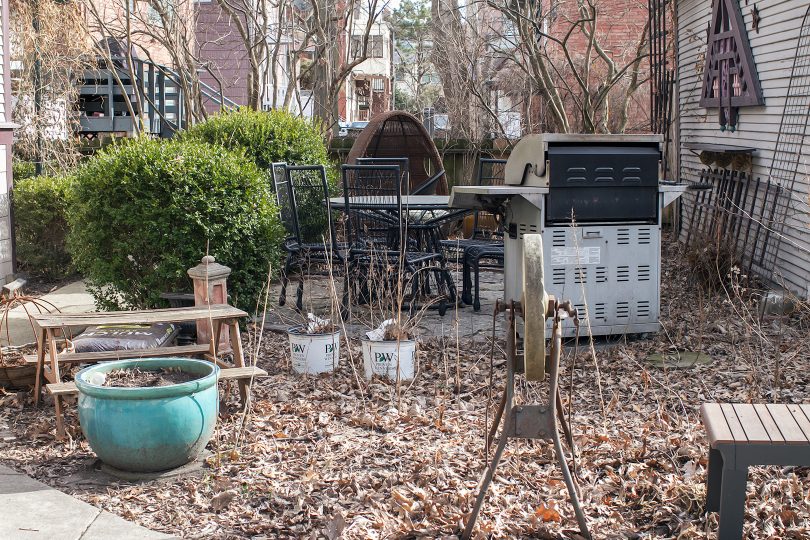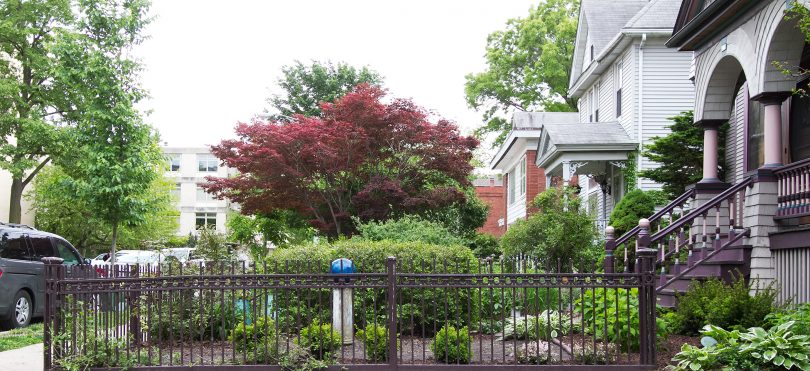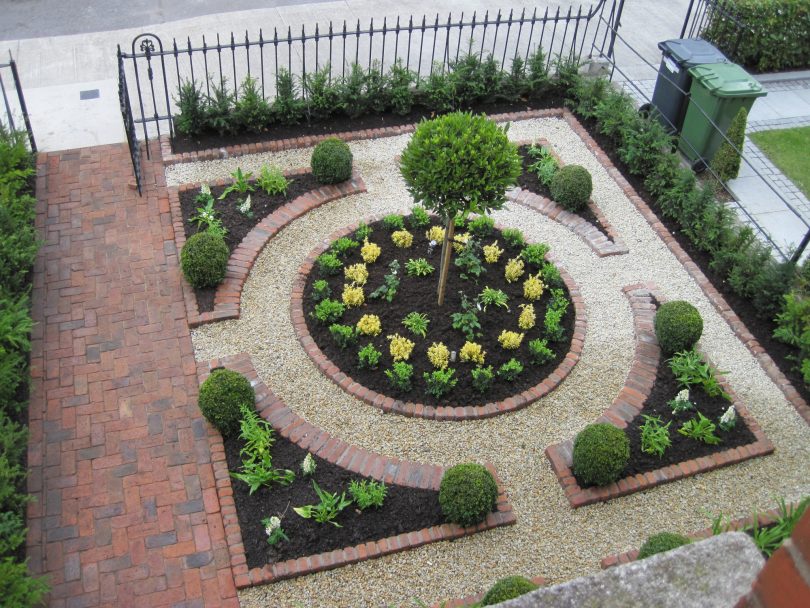
Bettering the Backyard
This is the first post of three sponsored by RISE’s AND not OR home and garden program. All thoughts and…March 29, 2018
The Front Garden’s New Layout
This is the second of two posts sponsored by RISE's AND not OR home and garden program. All thoughts and…May 25, 2017
Pretty Plant Supports and Garden Edging
Me, lately: I'm like a British lady in my garden, and my plants agree. Unfortunately, the British seem to have…May 17, 2017
Working on the Formal Front Yard
This post is sponsored by RISE's AND not OR home and garden program, but all thoughts and opinions are my…May 11, 2017
A Small Garden Victory, a Formal Plan
I have a boxwood update for you. They bounced back! Two years ago, the hedges flanking the front walkway were…April 10, 2017
About to Bloom
I ripped out her zinnia. Technically, I didn't do it, but it's my fault. I took all three kids shopping…August 23, 2016

Bettering the Backyard
This is the first post of three sponsored by RISE’s AND not OR home and garden program. All thoughts and opinions are my own. The…

The Front Garden’s New Layout
This is the second of two posts sponsored by RISE’s AND not OR home and garden program. All thoughts and opinions are my own. I’ve…

Pretty Plant Supports and Garden Edging
Me, lately: I’m like a British lady in my garden, and my plants agree. Unfortunately, the British seem to have better plant supports available to…

Working on the Formal Front Yard
This post is sponsored by RISE’s AND not OR home and garden program, but all thoughts and opinions are my own. I’ve been planning and…

A Small Garden Victory, a Formal Plan
I have a boxwood update for you. They bounced back! Two years ago, the hedges flanking the front walkway were overgrown and encroaching upon the…

About to Bloom
I ripped out her zinnia. Technically, I didn’t do it, but it’s my fault. I took all three kids shopping with me for new school…
